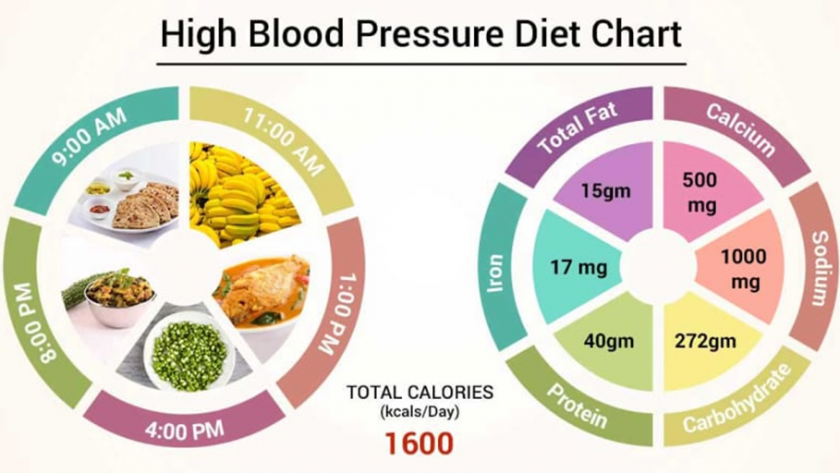Hypertension and Nutrition
Much of the time, nobody realizes what causes hypertension. What is known is that the food sources you eat can influence your circulatory strain, in both great ways and awful.
How does nourishment influence pulse?
Certain food varieties can expand circulatory strain.
Certain food sources can bring down circulatory strain.
Putting on weight can expand circulatory strain.
Shedding pounds can lessen circulatory strain.
What should I eat to control high blood pressure?
Eat food varieties lower in fat, salt, and calories.
Use flavors and spices, vinegar, lemon or organic product squeezes rather than salt to enhance food varieties.
Utilize less oil, spread, margarine, shortening, and salad dressings.
What are some of the foods I should eat?
Skim or 1% milk, yogurt, Greek yogurt (calcium-rich food sources can bring down pulse).
Lean meat.
Skinless turkey and chicken.
Low-salt, prepared to-eat grains.
Cooked hot grain (not moment).
Low-fat and low-salt cheeses.
Natural products (new, frozen, or canned without added salt).
Vegetables (new, frozen or canned, no additional salt).
Lavishly shaded green, orange, and red things are high in potassium and minerals that assist lower with blooding pressure.
The objective is 5-9 servings of products of the soil each day.
Plain rice, pasta, and potatoes.
Breads (English biscuits, bagels, rolls, and tortillas).
Lower salt “ready” accommodation food.
Unsalted seeds (pumpkin, squash, sunflower) and unsalted nuts are mineral-rich food sources that lower pulse.
What foods should I eat less of?
Spread and margarine.
Customary plate of mixed greens dressings.
Greasy meats.
Entire milk dairy items.
Singed food sources.
Salted tidbits.
Canned soups.
Quick food varieties.
Store meats.
How else would it be advisable for me to deal with change my eating regimen?
Keep away from liquor.
Eat an assortment of food sources.
Eat food sources high in dietary fiber (entire grain breads, cereals, pasta, new organic product, and vegetables).
Correlation of Sodium in Foods
Meats, poultry, fish, and shellfish
Food: Milligrams (mg.) sodium
New meat, 3 oz. cooked: Less than 90 mg
Shellfish, 3 oz: 100 to 325 mg
Fish, canned, 3 oz: 300 mg
Lean ham, 3 oz.: 1,025 mg
Dairy items
Food: Milligrams sodium
*Whole milk, 1 cup: 120 mg
Skim or 1% milk, 1 cup: 125 mg
*Buttermilk (salt added), 1 cup: 260 mg
*Swiss cheddar, 1 oz: 75 mg
*Cheddar cheddar, 1 oz : 175 mg
Low-fat cheddar, 1 oz.: 150 mg
*Cottage cheddar (normal), 1/2 cup: 455 mg
Vegetables
Food: Milligrams sodium
New or frozen vegetables, and no-salt-added canned (cooked without salt), 1/2 cup: Less than 70 mg
Vegetables canned or frozen (without sauce), 1/2 cup: 55-470 mg
Tomato juice, canned, 3/4 cup: 660 mg
Breads, grains, rice and pasta
Food: Milligrams sodium
Bread, 1 cut: 110-175 mg
English biscuit (half): 130 mg
Prepared to-eat, destroyed wheat, 3/4 cup: Less than 5 mg
Cooked grain (unsalted), 1/2 cup: Less than 5 mg
Moment cooked grain, 1 parcel: 180 mg
Canned soups, 1 cup: 600-1,300 mg
Accommodation food varieties
Food: Milligrams sodium
Canned and frozen primary dishes, 8 oz: 500-1,570 mg
*These can likewise be high in soaked fat, except if low-fat or diminished fat choices are bought.
*High in soaked fat.



